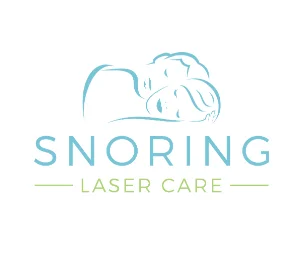
Cosmetic or Therapeutic Mouthwash – Why it matters
From The Experts: Dr Hany Answers Your Questions About Mouthwash
HAVE YOU EVER WONDERED if mouthwash is actually a necessary part of your dental hygiene routine? If you’d like to use mouthwash as a part of your daily oral care, it’s important to know what it is and what it does.
What Purpose Does Mouthwash Serve?
We learn at a very early age that daily brushing and flossing are necessary habits to clean our teeth and care for our gums. But you may begin to wonder: “What more can mouthwash do for me?”
Mouthwashes are used for more reasons than you may realise, some of those being:
- to freshen breath
- help prevent or control tooth decay
- reduce plaque
- prevent or reduce gingivitis (the early stage of gum disease)
- reduce the speed that tartar (hardened plaque) forms on the teeth
Dr Hany Answers Some Commonly Asked Questions!
Our expert, Dr. Hany, is here to tell us all about mouthwash and how it can prove to be helpful in our daily oral hygiene routines.
What’s the difference between cosmetic and therapeutic mouthrinses?
The main difference is that chlorhexidine can only be obtained by prescription. That’s because it’s so good at killing bacteria, it’s also an ingredient in surgical hand scrub! Certain essential oils can also have antimicrobial properties, without killing good bacteria and while providing a tasty flavour.
Who needs to use mouthwash on a regular basis?
It depends on which type of mouthwash you are using. Different mouthwashes have different benefits. The main benefit of using mouthwash on a daily basis is that it irrigates the mouth of debris and bacteria.
There are three main types of mouthwash:
- Fluoride Mouthwash
- Anti-Bacterial Mouthwash
- Fluoride and Anti-Bacterial Mouthwash
Always consult with your dentist for advice and recommendations based on your particular needs.
Should I brush, floss, or rinse first?
The sequence makes no difference as long as you do a thorough job. Brushing and flossing is the best way to remove decay-causing plaque from your teeth and help maintain optimal oral health.
Choose a toothbrush that feels comfortable in your hand and your mouth, and use it twice a day. Place your toothbrush at a 45-degree angle against the gums. Move the brush back and forth gently in short (tooth-wide) strokes brushing the outer tooth surfaces, the inner tooth surfaces, and the chewing surfaces of the teeth as well as the inside surfaces of the front teeth.
While tooth brushing removes plaque from tooth surfaces, it can’t do the entire job of removing plaque. Cleaning between the teeth daily with floss removes debris from between the teeth where your toothbrush cannot reach. People who have difficulty handling dental floss may prefer to use another kind of interdental cleaner. These aids include special brushes, picks or sticks. If you use interdental cleaners, ask your dentist about how to use them properly to avoid injuring your gums.

We’re Here To Help You Improve Your Oral Health Care Routine! Start your dental hygiene routine with the mouth-watering Ozospa Alkaline Mouth Rinse.
The content on this blog is not intended to be a substitute for professional medical advice, diagnosis, or treatment. Always seek the advice of qualified health providers with questions you may have regarding medical conditions.






